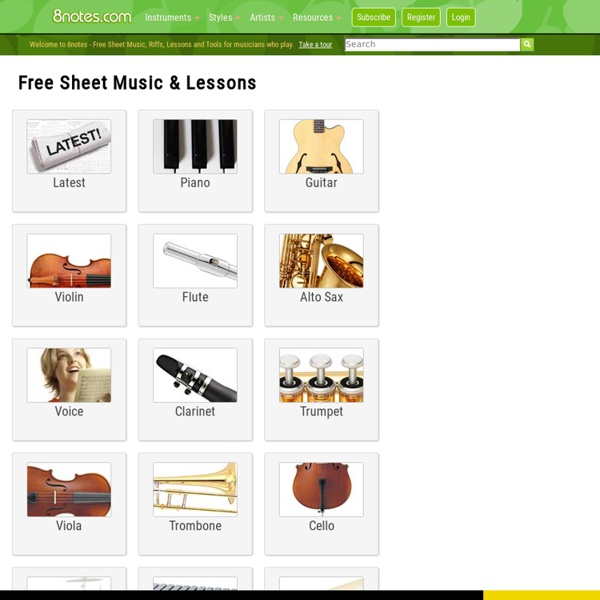



The history of the European Union EU Pioneers The following visionary leaders inspired the creation of the European Union we live in today. Without their energy and motivation, we would not be living in the sphere of peace and stability that we take for granted. From resistance fighters to lawyers and parliamentarians, the EU pioneers were a diverse group of people who held the same ideals: a peaceful, united and prosperous Europe. Beyond the pioneers described below, many others have worked tirelessly towards and inspired the European project. This section on the EU’s pioneers is therefore a work in progress.
DIY: Silent Mini Keyboards I recently decided that I wanted to own a set of silent keyboards for doing introductory piano activities with young children, and for using during group theory activities. Unfortunately, buying a set of silent plastic keyboards (view them at musicinmotion.com) can be a rather large studio expense. Of course, a cheap alternative would be to simply print a picture of a keyboard on paper. Nature of Science Teaching Activities / Nature of science The Nature of Science strand is described in the science learning area as the overarching and unifying strand. How might this influence our teaching and our choice of teaching activities? What teaching activities will help us teach the nature of science? The teaching activities in this section provide examples for how we might adapt other activities to meet the aims of the Nature of Science strand. The Nature of Science strand has four achievement aims which are summarised as: Understanding about science, Investigating in science, Communicating in science, Participating and contributing. Rather than teaching these separately, most teaching activities are likely to involve students in more than one of these aspects.
Music Theory for Musicians and Normal People by Toby W. Rush This page includes links to each of the individual Music Theory pages I've created in PDF form. This is a work in progress; I am writing new ones regularly and fixing errors and omissions on existing ones as I find them. Number Games for Kids Online - SplashLearn Frequently Asked Questions: Q1: How do I teach my kindergartener to recognize numbers? Ans: You can use objects, pictures, counters or abacus to make your kindergarten learn and recognise numbers. These objects can be kept in a group and child can identify how many are they using numbers. Q2: How do we identify even and odd numbers?
Tunebook With Sheet Music and MP3 Audio I have selected 20 tunes for this tunebook. Not all of them are Irish tunes, but they are all tunes that I have played in a contra dance band (playing second fiddle and guitar) and tunes that I like. I think that they are all quite suitable for the Irish or simple-system flute, whistle, or other melody instrument. Mode (music) Modern Dorian mode on C Play Early Greek treatises on music do not use the term "mode" (which comes from Latin), but do describe three interrelated concepts that are related to the later, medieval idea of "mode": (1) scales (or "systems"), (2) tonos—pl. tonoi—(the more usual term used in medieval theory for what later came to be called "mode"), and (3) harmonia (harmony)—pl. harmoniai—this third term subsuming the corresponding tonoi but not necessarily the converse (Mathiesen 2001a, 6(iii)(e)). Greek Dorian octave species in the enharmonic genus, showing the two component tetrachords Play Greek Dorian octave species in the chromatic genus
Guitar & World Music Traditions Fernando Perez World Music for Classical Guitar - ebook + audio North Indian Music for Slide Guitar - ebook + audio Elements of Music Elements of Music Pitch – register (high or low); Organization of pitches with a pattern of intervals between them creates scales; Words we might use to describe scales: major/minor, chromatic, gapped, pentatonic. Rhythm – the time element of music.